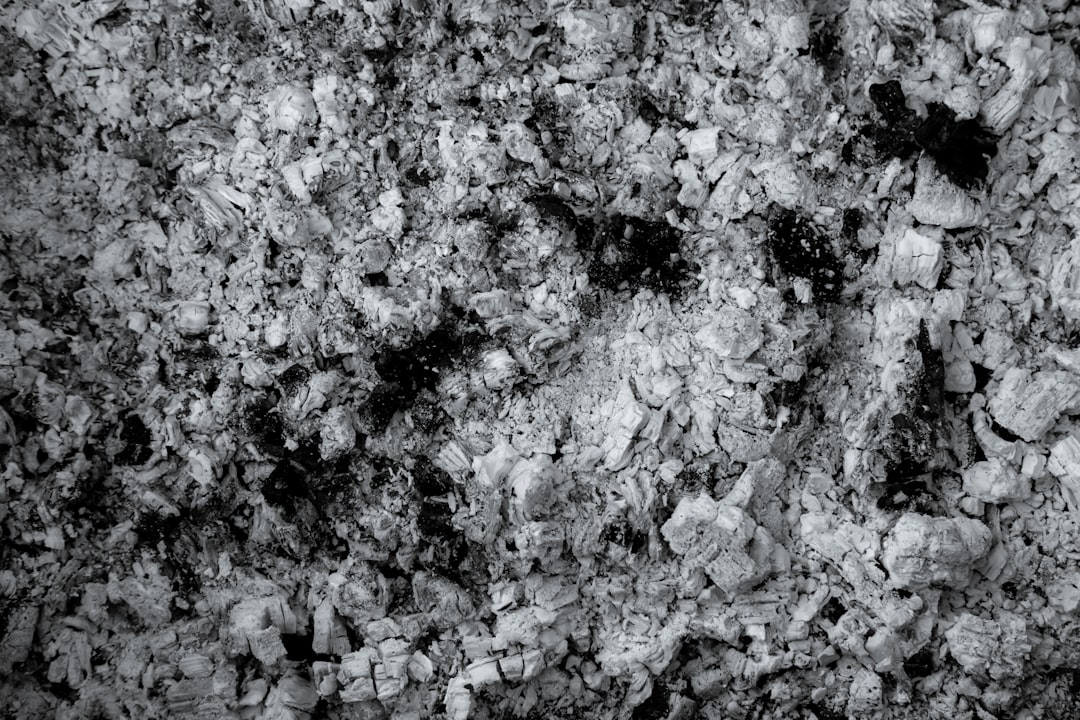What is it about?
The agglomeration process, starting from monomers, is modeled as an infinite series of 2nd-order reactions. If the rate constants scale with sizes of colliding particles, their values can be obtained from the abundances of n-mers. For nozzle-beam experiments on agglomerating He and H2, we obtain precise values for the abundances. By analyzing these results, we obtain rate constants and sticking coefficients for interparticle collisions
Featured Image
Why is it important?
One can fit particle-size distributions by choosing values for individual rate constants, but there are many choices that can lead to good fits and one can never know whether one has the correct one. With scaling, only a few parameters are involved, and they can be determined accurately.
Perspectives
Previous attempts to do what we have done here (some by us) were marred by physically incorrect assumptions. We think that, finally, these have been removed, making the derived rate constants reliable and worthy of futher study.
Dr. Jerry Goodisman
Syracuse University
Read the Original
This page is a summary of: Rate Constants and Sticking Coefficients for H2and He Obtained by Analysis of Agglomeration in a Nozzle Beam, International Journal of Chemical Kinetics, May 2016, Wiley,
DOI: 10.1002/kin.21010.
You can read the full text:
Contributors
The following have contributed to this page










